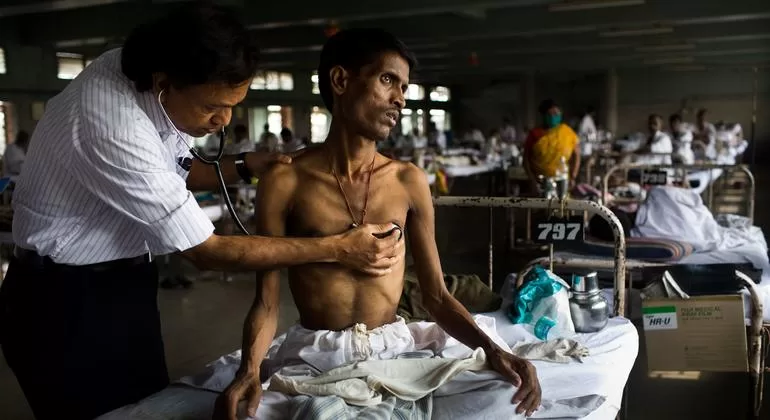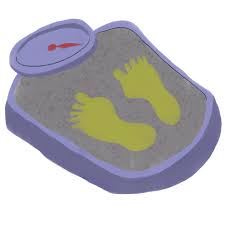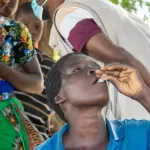New research, to be presented at the upcoming ESCMID Global Congress in Barcelona, sheds light on the enduring impact of tuberculosis (TB) on the lungs of individuals who have undergone successful treatment for the disease. The study, conducted by Dr. Sharenja Ratnakumar and colleagues from St George’s, University of London, UK, analyzed data from tens of thousands of individuals worldwide and found compelling evidence of lung impairment among TB survivors.
The analysis revealed that TB survivors exhibit smaller lungs with narrower airways and slower airflow compared to healthy individuals. According to Dr. Ratnakumar, lead researcher of the study, this lung damage can have profound implications for long-term health, reducing quality of life and affecting individuals’ ability to work and carry out daily tasks. Despite significant advancements in TB treatment, the study suggests that post-TB lung disease remains an under-recognized global challenge.
TB, a bacterial infection that primarily affects the respiratory system, can be effectively treated with antibiotics. However, the number of new TB diagnoses has risen in recent years, particularly since the onset of the COVID-19 pandemic. The World Health Organization (WHO) reported a global increase in TB diagnoses in 2022, with the burden being highest in regions such as sub-Saharan Africa and southeast Asia.
The study’s findings highlight the need for increased awareness and intervention to address post-TB lung disease. Previous research has shown that a significant proportion of TB survivors experience lung damage, impacting their quality of life and life expectancy. However, data on the extent and type of respiratory impairment has been limited.
To address this gap, Dr. Ratnakumar and her team conducted a systematic review and meta-analysis of existing research on post-TB lung disease. The analysis included data from 15 studies conducted in 17 countries, encompassing a total of 75,631 individuals. The results revealed that TB survivors had significantly lower lung function compared to healthy controls, with forced expiratory volume in 1 second (FEV1) being particularly affected.
According to the study, TB survivors exhibited smaller lungs and narrower airways, leading to less efficient breathing and increased risk of airflow obstruction. These findings underscore the need for targeted rehabilitation strategies and the development of new therapies to address post-TB lung disease.
Dr. Ratnakumar emphasized the importance of recognizing and addressing the long-term impact of TB on lung health. With millions of lives saved through TB treatment over the past two decades, there is an urgent need for evidence-based recommendations on the diagnosis, treatment, and management of post-TB lung disease.
The study’s findings provide compelling evidence that post-TB lung disease should be a key focus of the WHO’s End TB strategy, highlighting the importance of comprehensive care for TB survivors beyond the acute phase of the disease.











